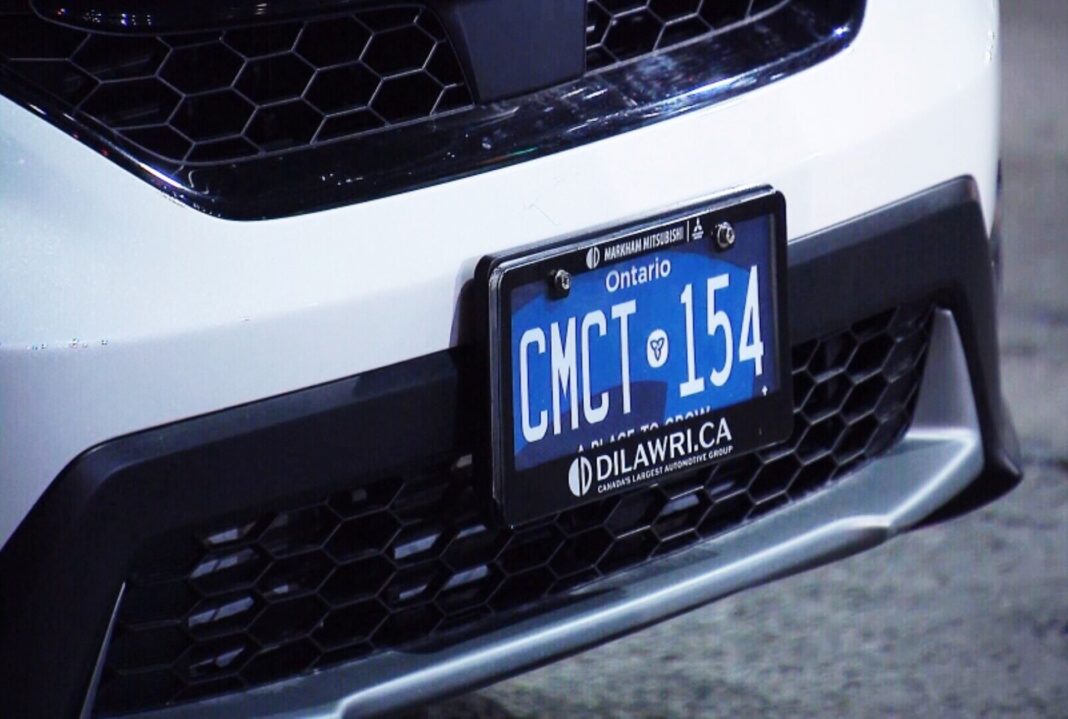Usually, when placing an order for custom nameplates, customers are most concerned with the appearance and manufacturing process. Many, though, will neglect to consider how they can be fastened to the surface. It’s a crucial factor to take into account as it might impact how simple or complex the 4D Plate are for use when they arrive. There are several ways to attach a nameplate, and all of them work well for a particular purpose.
The most often used is the application of an adhesive backing. Benefits include suitability with a variety of application surfaces, durability, and ease of usage. To make sure the glue works according to plan, it is necessary to select it properly. Here are some things to think about while selecting a number plates adhesive backing.
Important Things to Look for in a Nameplate Adhesive
While selecting a nameplate adhesive, there are quite some factors to take into account, including:
The Use & Setting
Which glue works best depends on what it is that the nameplate is going to be applied to. For instance, attaching it to a moving piece of gear will require a more powerful adhesive than to a fixed piece of equipment. Furthermore, tougher adhesives may be required in harsher outside working situations than in normal interior working conditions.
Surface Material
Adhesives for Surface Material can adhere to a multitude of materials, such as metal and plastic. To guarantee that the bond of adhesive will not weaken or soften over time, plasticizer-resistant adhesives must be used on particular plastic items.
Surface Texture
What kind of glue to use depends on how smooth or rough the application surface is. Adhesives which fill in the gaps are needed for rough surfaces, whereas smooth surfaces are suitable for a variety of adhesives.
Surface Charge
The magnitude of attraction among materials is influenced by surface energy. Adhesive bonds are easily formed with materials with greater surface energies, like metals along with certain plastics (polycarbonate, polyester, and acrylic); less easily formed with materials having lower surface energies, including polyethene, polystyrene, as well as polyvinyl. On the other hand, adhesives designed especially for low surface energy materials are accessible.
Top Car Customizations to Consider for Your Vehicle
Mass
The adhesive strength required to create a long-lasting bond between the nameplate & the application surface is influenced by the actual weight of the nameplate. The more robust the adhesive needed, the heavier the nameplate.
What Not to Do While Affixing Licence Plates to a Car
- Selecting sticky pads or glues which are not water-resistant is not a good idea. Any kind of weather must be withstanding for the sealant.
- While attaching the number plate to your car, exercise care not to harm the paint.
- Weak materials like Blu Tack or sellotape aren’t strong enough to hold the number plates in place and shouldn’t be utilised to attach it.
- If the car is dirty, cracked, or broken, or if the number plate itself is dirty, cracked, or broken, avoid putting it on. Before attaching the plate, clean the automobile and remove any debris.
- Avoid yanking off the old number plates violently. It needs to be removed carefully, particularly if it has been harmed or broken.
- If you think your licence plate has come loose, make every effort to fasten it right away. If you are unsure what to do, seek guidance from a professional.
- If it’s a really hot day, don’t put a new licence plate on your car. You may stick to the new plate after the temperature has cooled.
How Should I Dispose of My Old Licence Plate?
- You may reuse your old licence plate by bringing it to your neighbourhood recycling facility.
- A personal number plates is available for sale.
- By contacting the DVLA and completing the “Give up a right to this personalised registered number (surrender) section of the V778 or V750 form,” you’ll forfeit the privilege to use that number plates.
- You can request to keep your licence plate. You must apply, that’s priced at £80, to accomplish this. A V778 Retention Document will be sent to you if your application is accepted.
Is it Possible to Attach a Number of Plates Without Using Screws?
It is feasible to attach number plates to your car without using screws, yes. Applying a number plates using a self-adhesive will stop chemicals, water, and dirt from getting through.
Final Words
When choosing the adhesive for your number plates, there are plenty of things to take into account. These include the kind of adhesive, the surroundings in which it will be used, the suitability of the material, plus the best application techniques. You can make sure that your number plates are attached securely and durably, meet all applicable laws, and improve the look and safety of your car by being aware of these factors and adhering to best practices.
